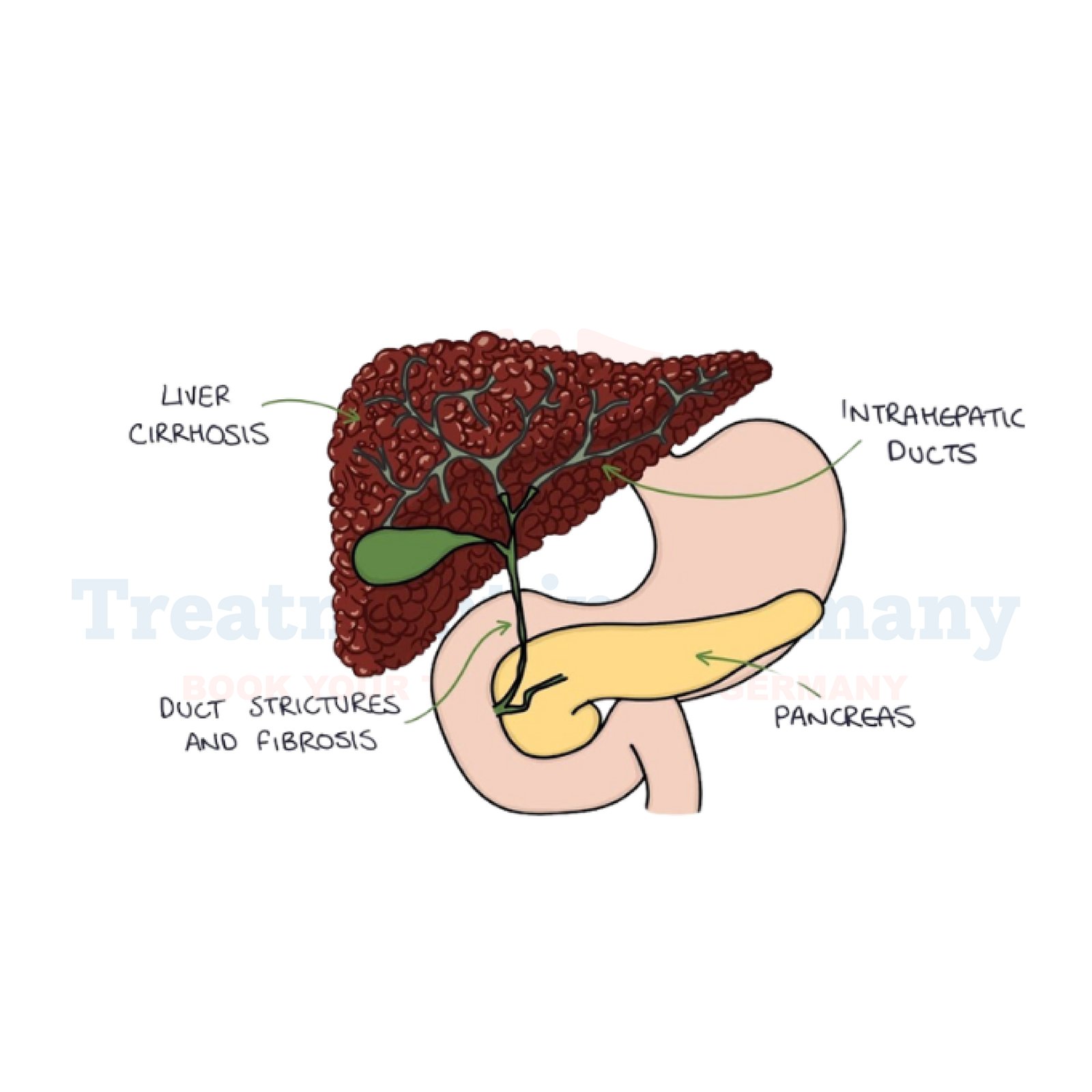What is Primary Sclerosing Cholangitis (PSC)?
Primary Sclerosing Cholangitis is a chronic liver disease characterized by inflammation and scarring (fibrosis) of the bile ducts inside and outside the liver. These ducts carry bile from the liver to the gallbladder and small intestine, aiding in digestion. Over time, the inflammation and scarring can lead to narrowing or blockage of the bile ducts, causing bile to accumulate in the liver and leading to liver damage.
Side effects of Primary Sclerosing Cholangitis:
Primary Sclerosing Cholangitis can lead to various complications, including:
- Liver Cirrhosis: Progressive scarring of the liver can result in cirrhosis, where the liver becomes severely scarred and its function is compromised.
- Jaundice: Build-up of bilirubin in the blood due to impaired bile flow can cause yellowing of the skin and eyes.
- Itching (Pruritus): Accumulation of bile salts in the skin can cause severe itching.
- Fatigue: Liver damage and associated complications can lead to persistent fatigue and weakness.
- Liver Failure: In advanced stages, PSC can result in liver failure, necessitating a liver transplant.
How is Primary Sclerosing Cholangitis diagnosed?
Diagnosing PSC involves a combination of medical history review, physical examination, and various tests, including:
- Blood tests: Liver function tests and blood tests to check for markers of inflammation and liver damage.
- Imaging tests: MRI, CT scans, or ultrasound to visualize the bile ducts and liver.
- Endoscopic Retrograde Cholangiopancreatography (ERCP): A procedure where a thin, flexible tube with a camera is inserted through the mouth and into the bile ducts to obtain images and possibly perform biopsies.
- Liver Biopsy: Removal of a small tissue sample from the liver for examination under a microscope to assess the extent of inflammation and scarring.
Potential treatments of Primary Sclerosing Cholangitis:
Currently, there is no cure for Primary Sclerosing Cholangitis, but treatment aims to manage symptoms, slow disease progression, and prevent complications. Treatment options may include:
- Medications: Ursodeoxycholic acid (UDCA) may be prescribed to improve bile flow and alleviate symptoms, although its effectiveness varies among individuals.
- Antibiotics: Antibiotics may be prescribed to treat bacterial infections that can occur due to bile duct blockage.
- Anti-inflammatory drugs: Corticosteroids or other anti-inflammatory medications may be used to reduce inflammation in the bile ducts.
- Endoscopic Therapy: Procedures such as balloon dilation or stent placement during ERCP can help open narrowed bile ducts and improve bile flow.
- Liver Transplant: In cases of advanced liver disease or liver failure, a liver transplant may be necessary.
👉 Contact us for further information and receive acomplimentary consultation.

.webp)
.webp)
 (1).webp)
 (1).webp)

.webp)
.webp)
 (1).webp)
 (1).webp)
